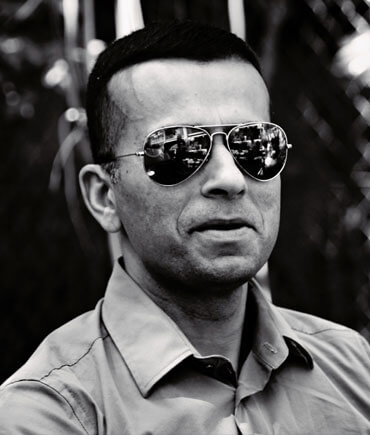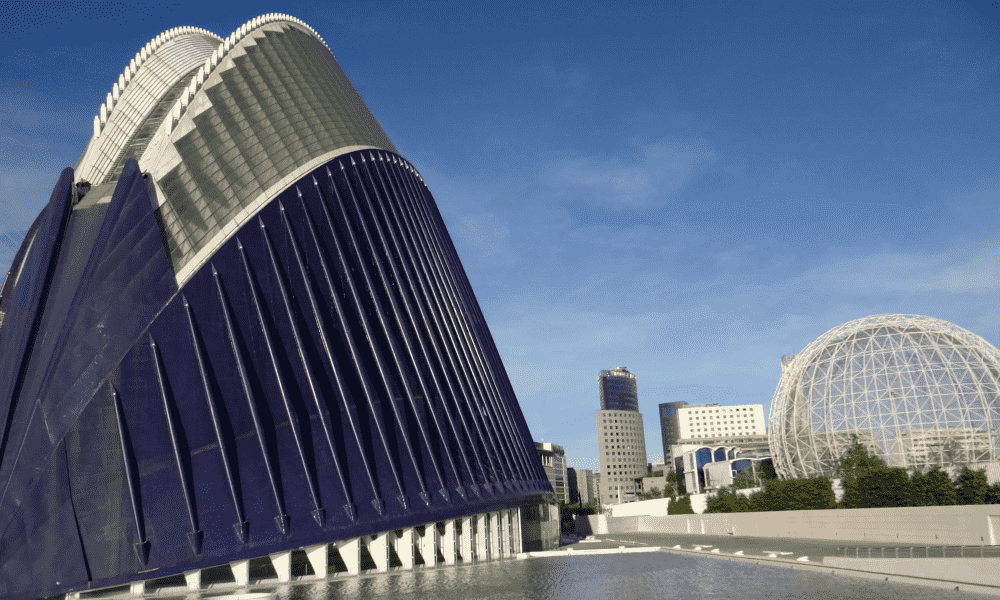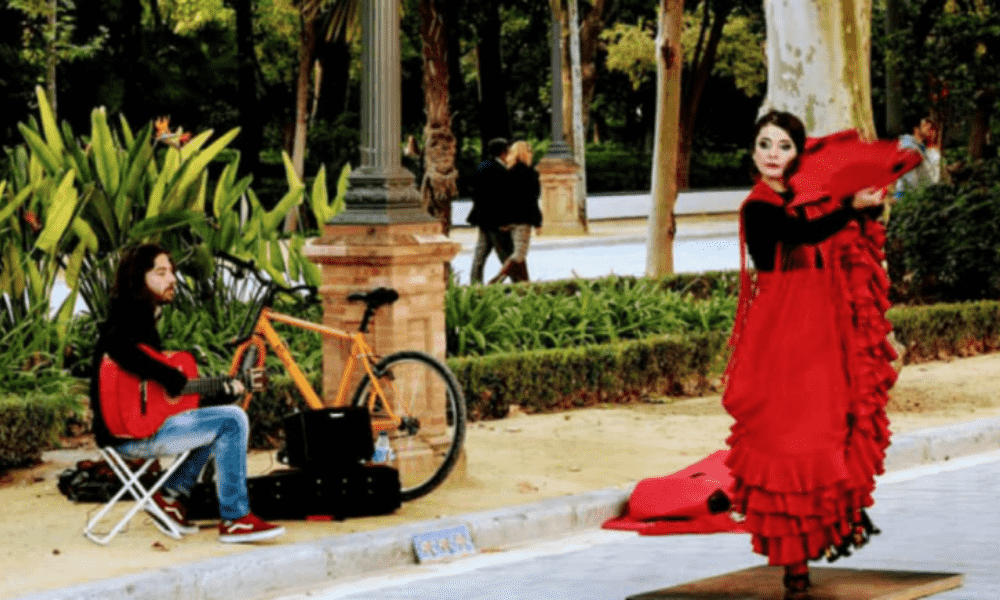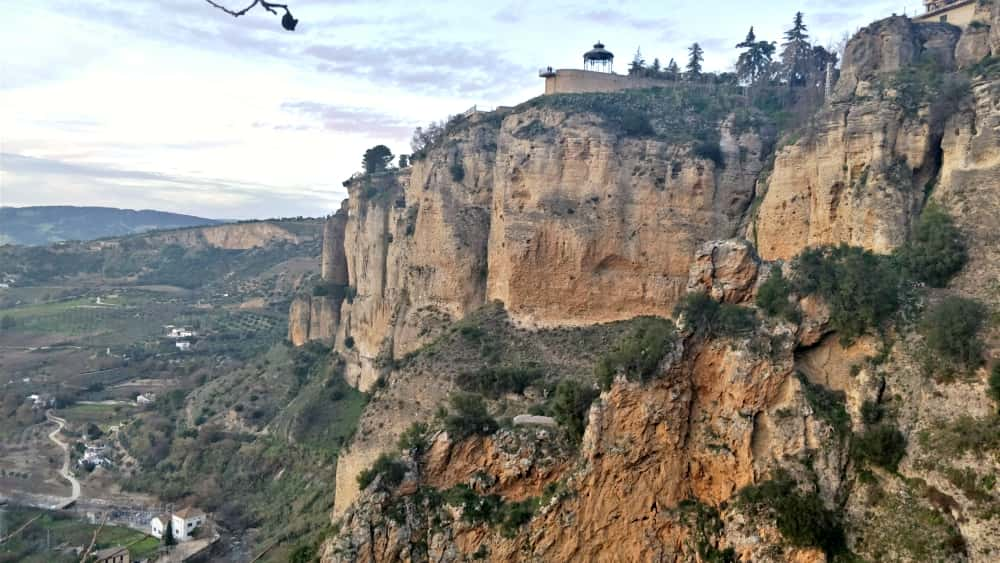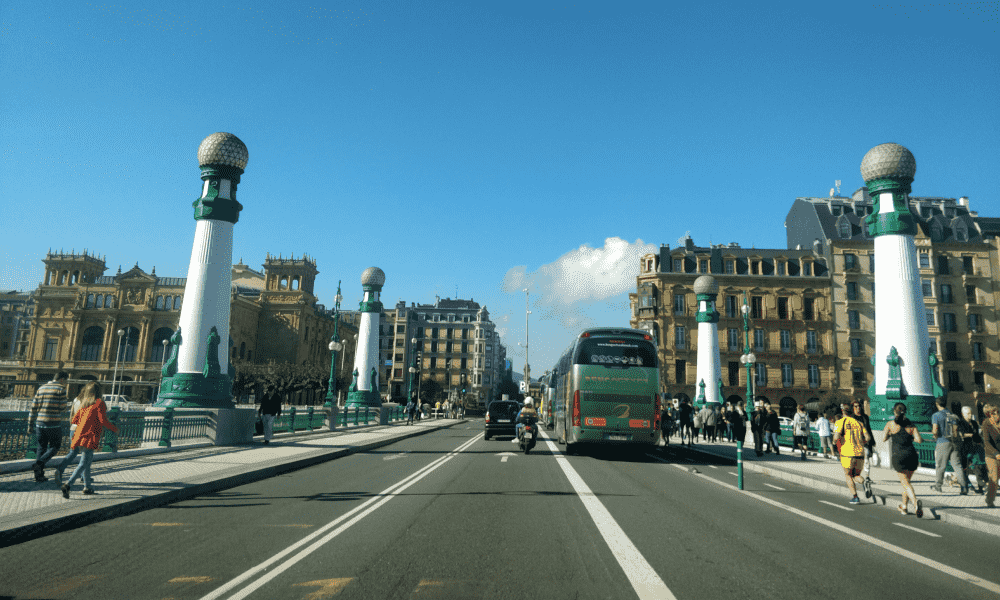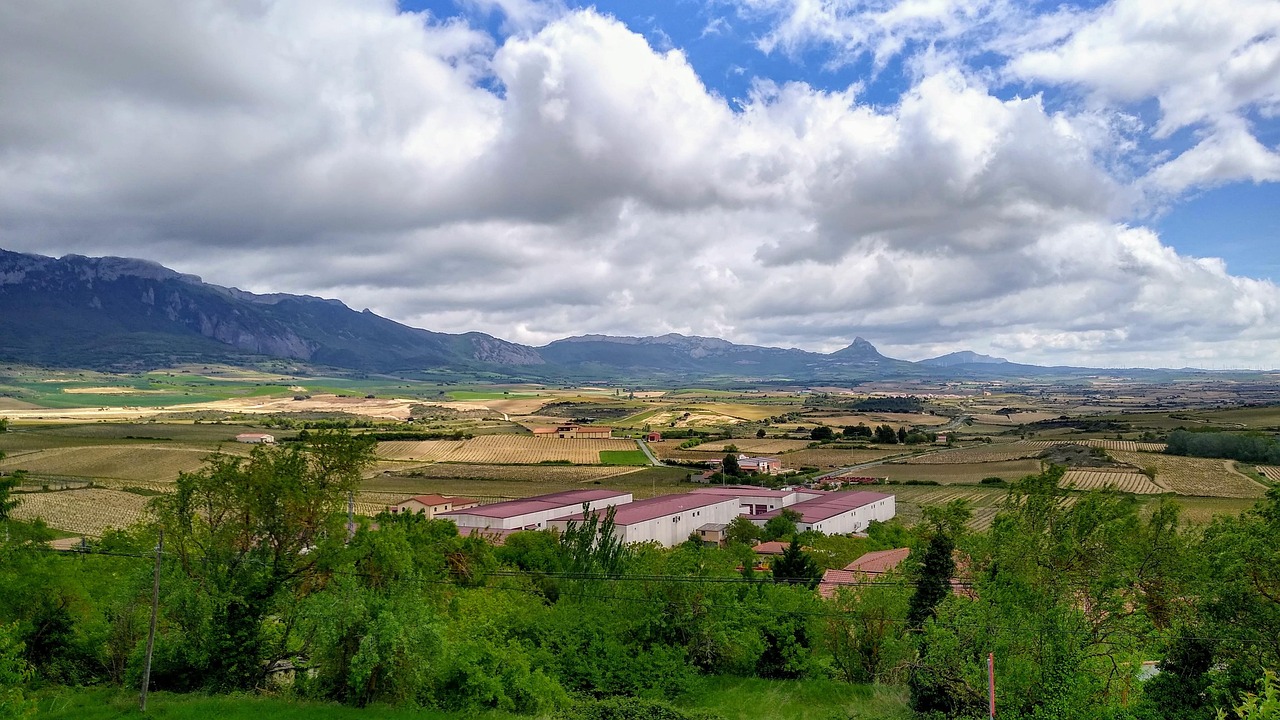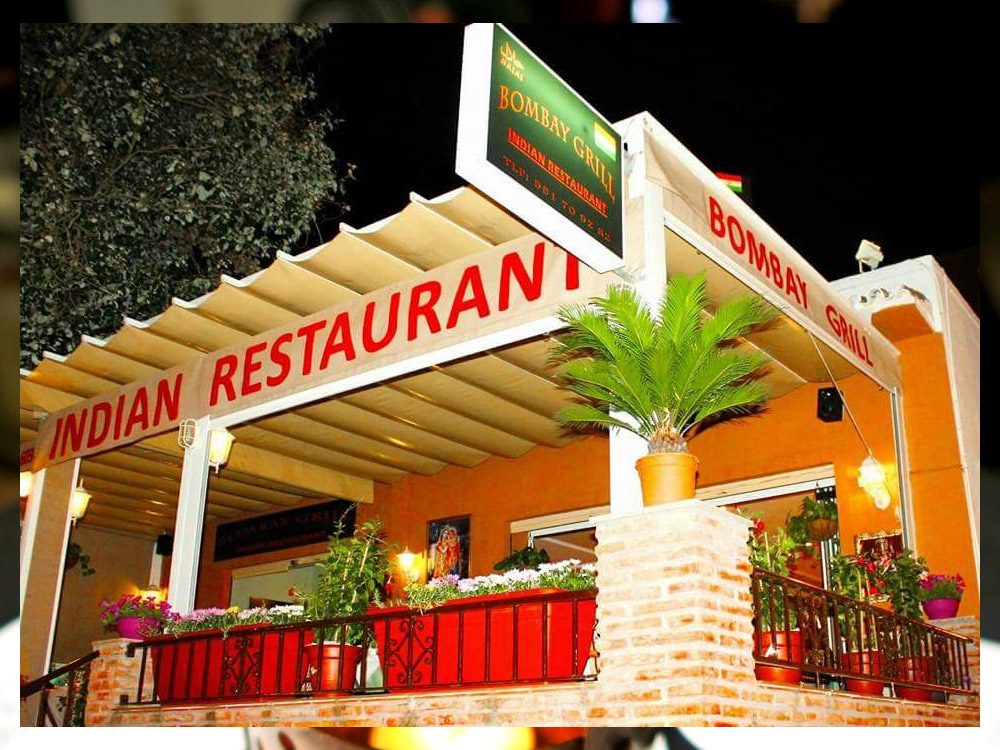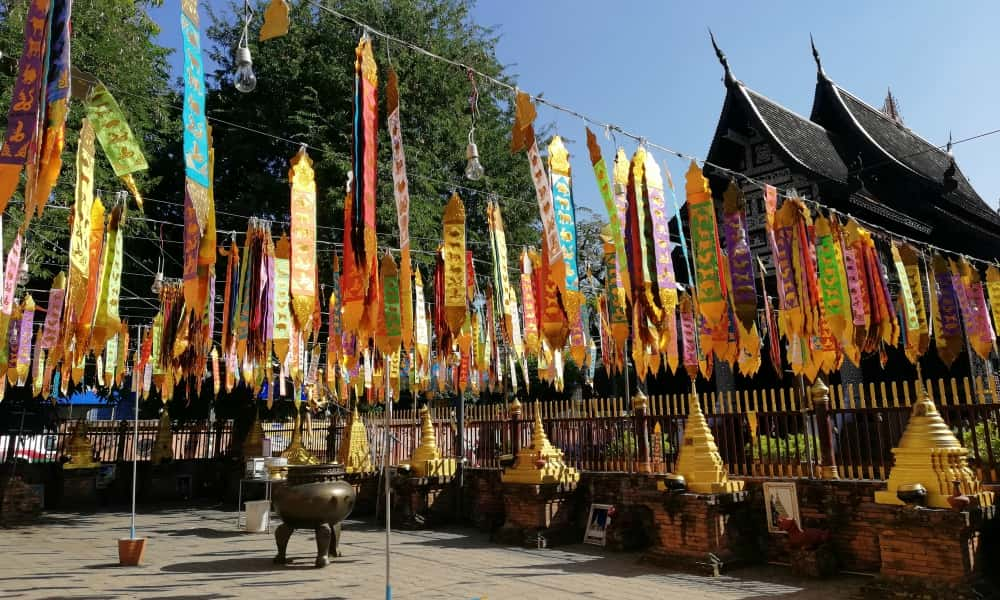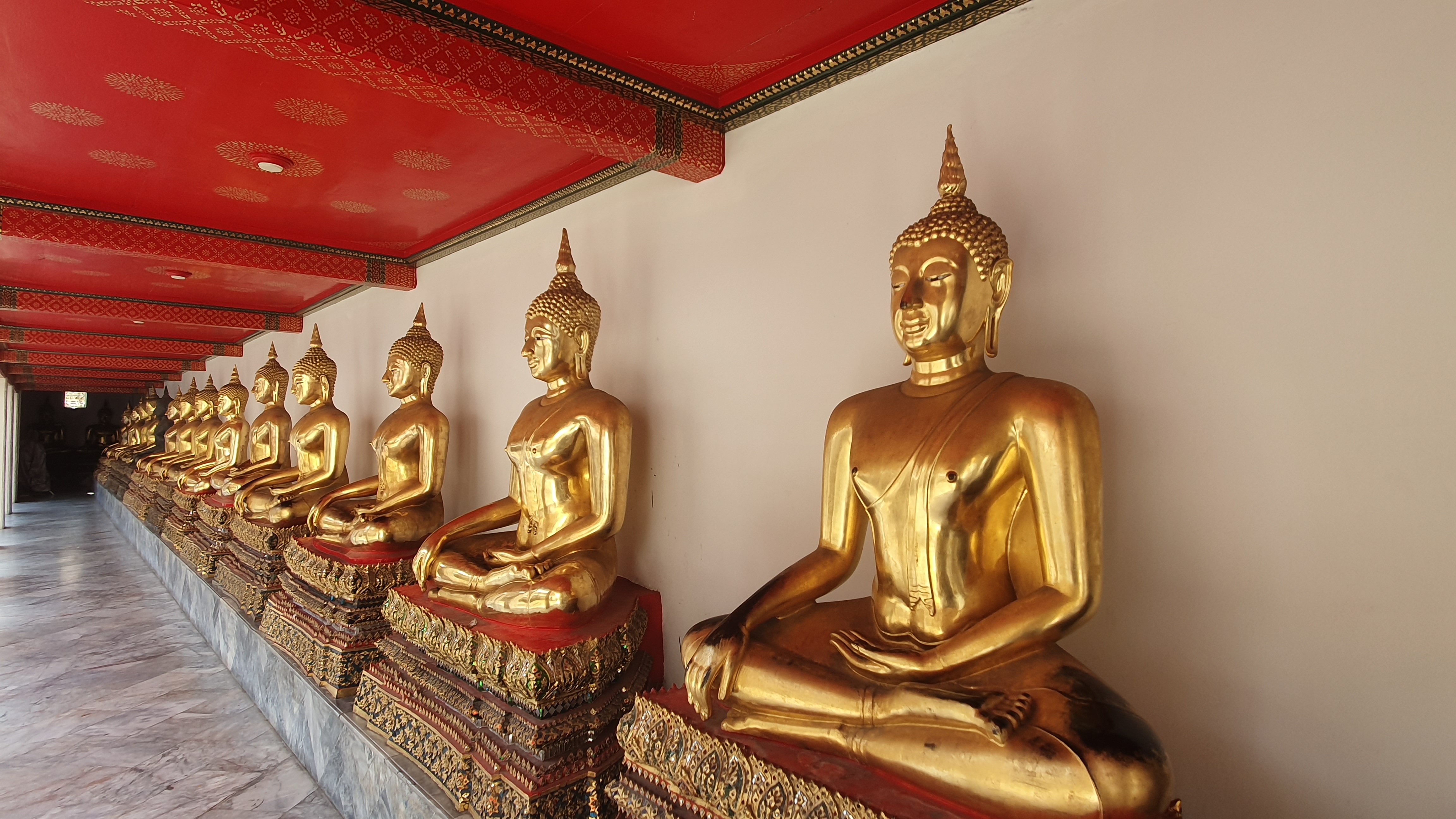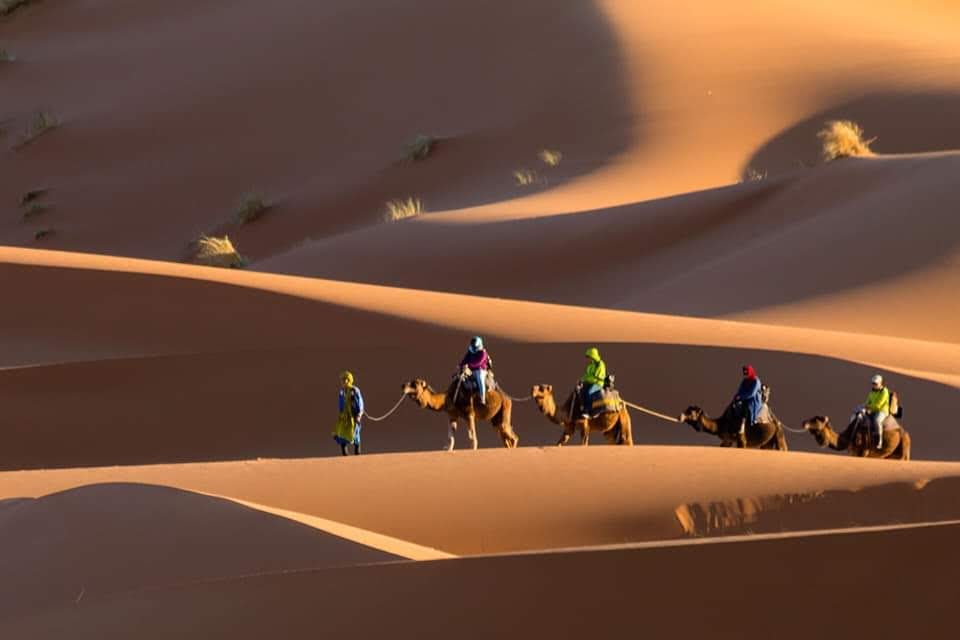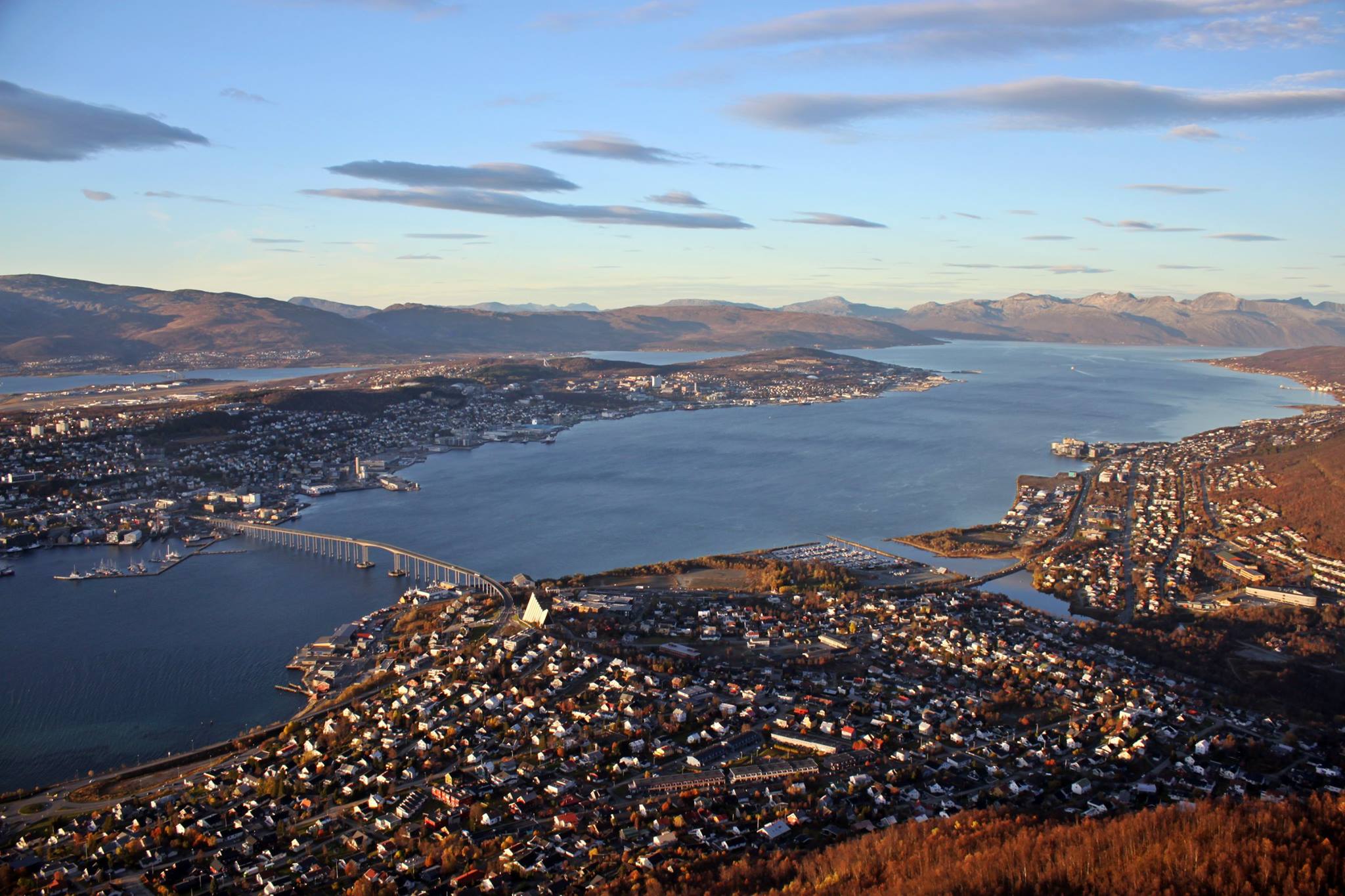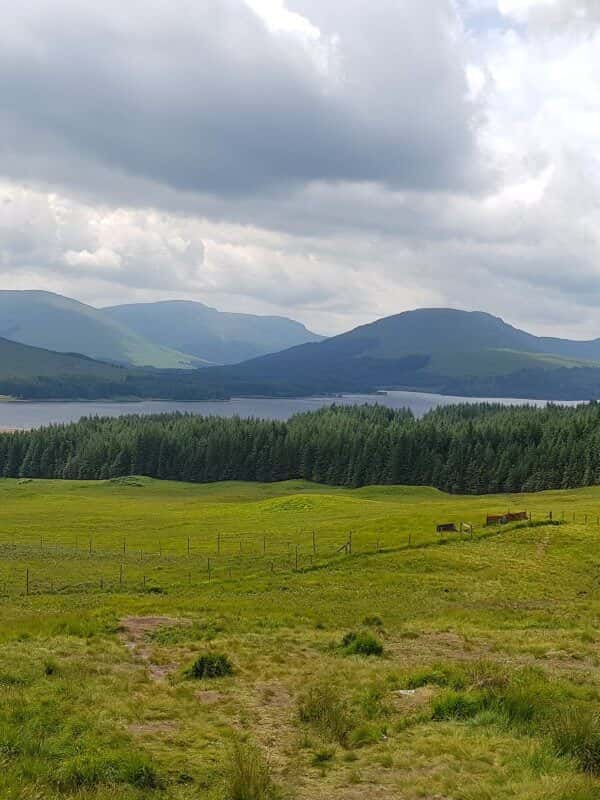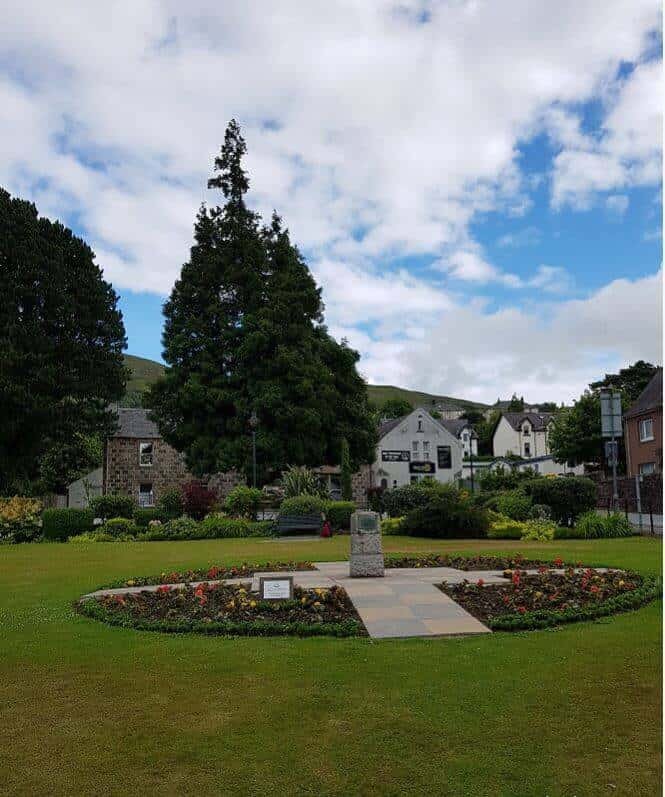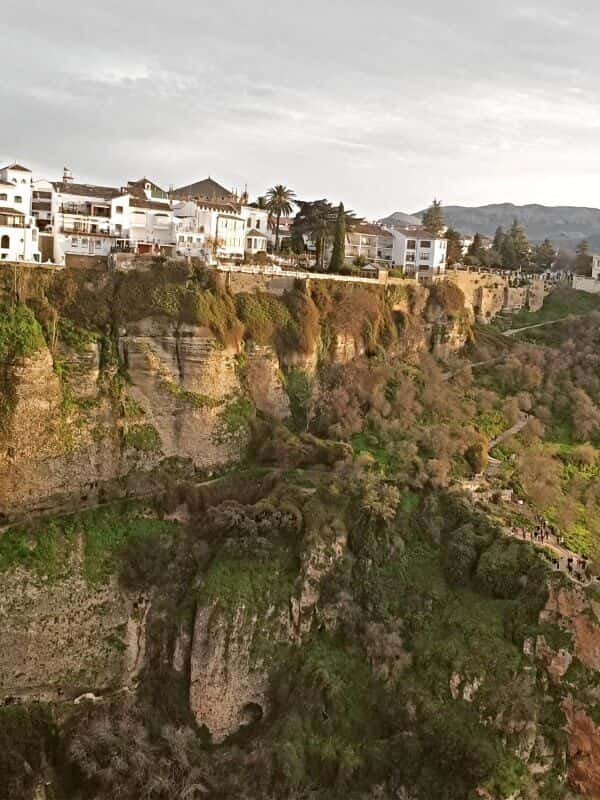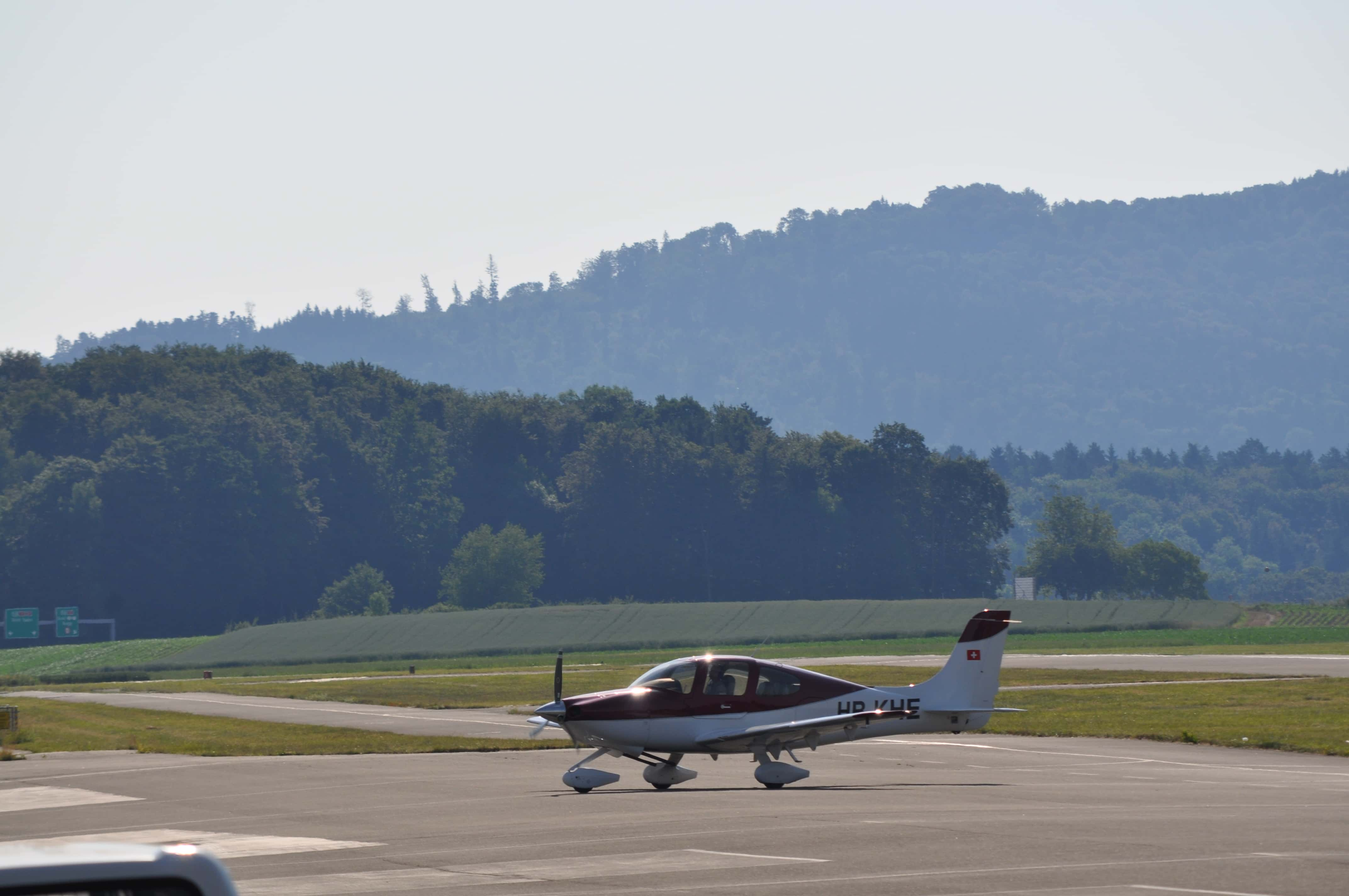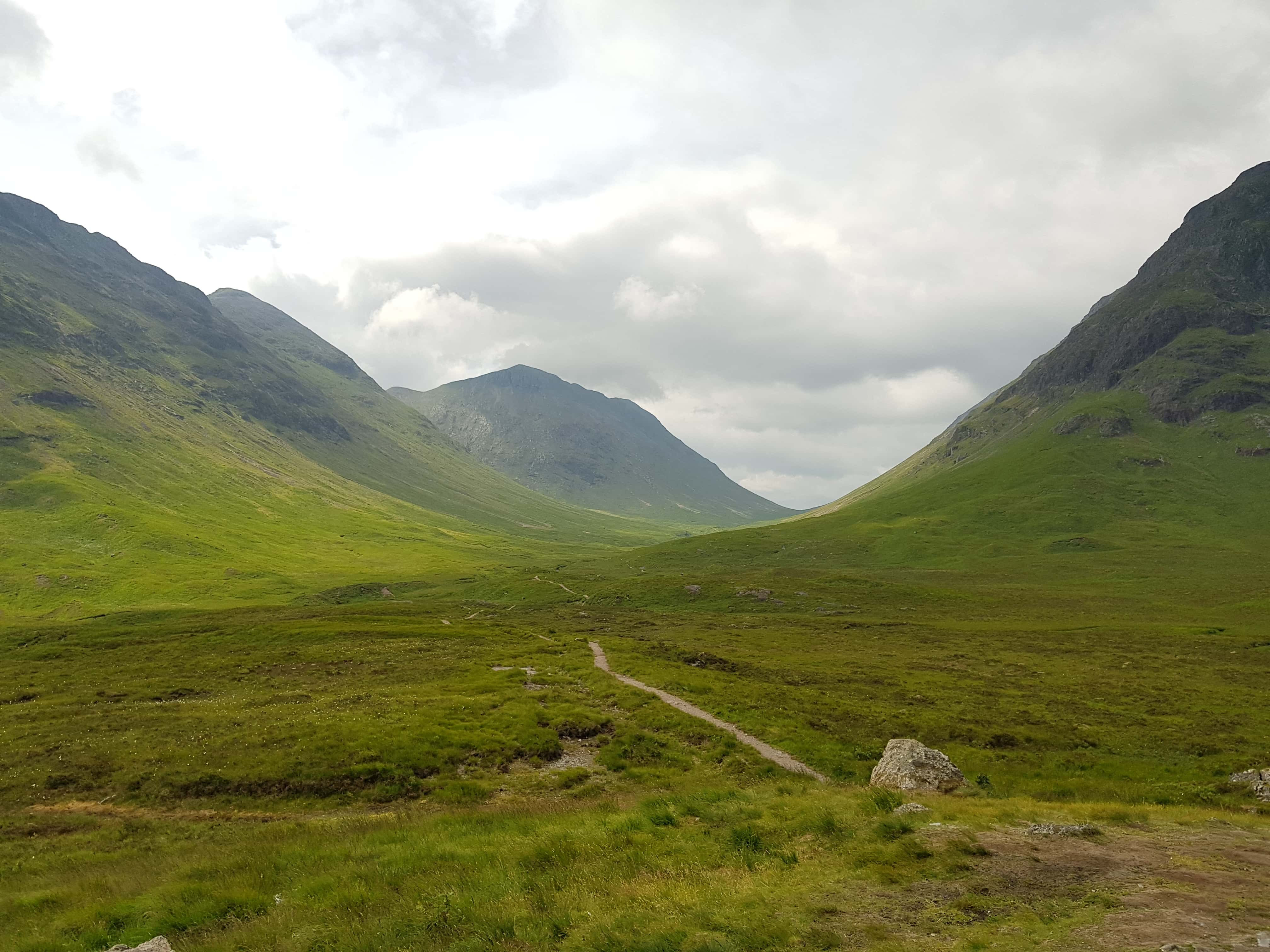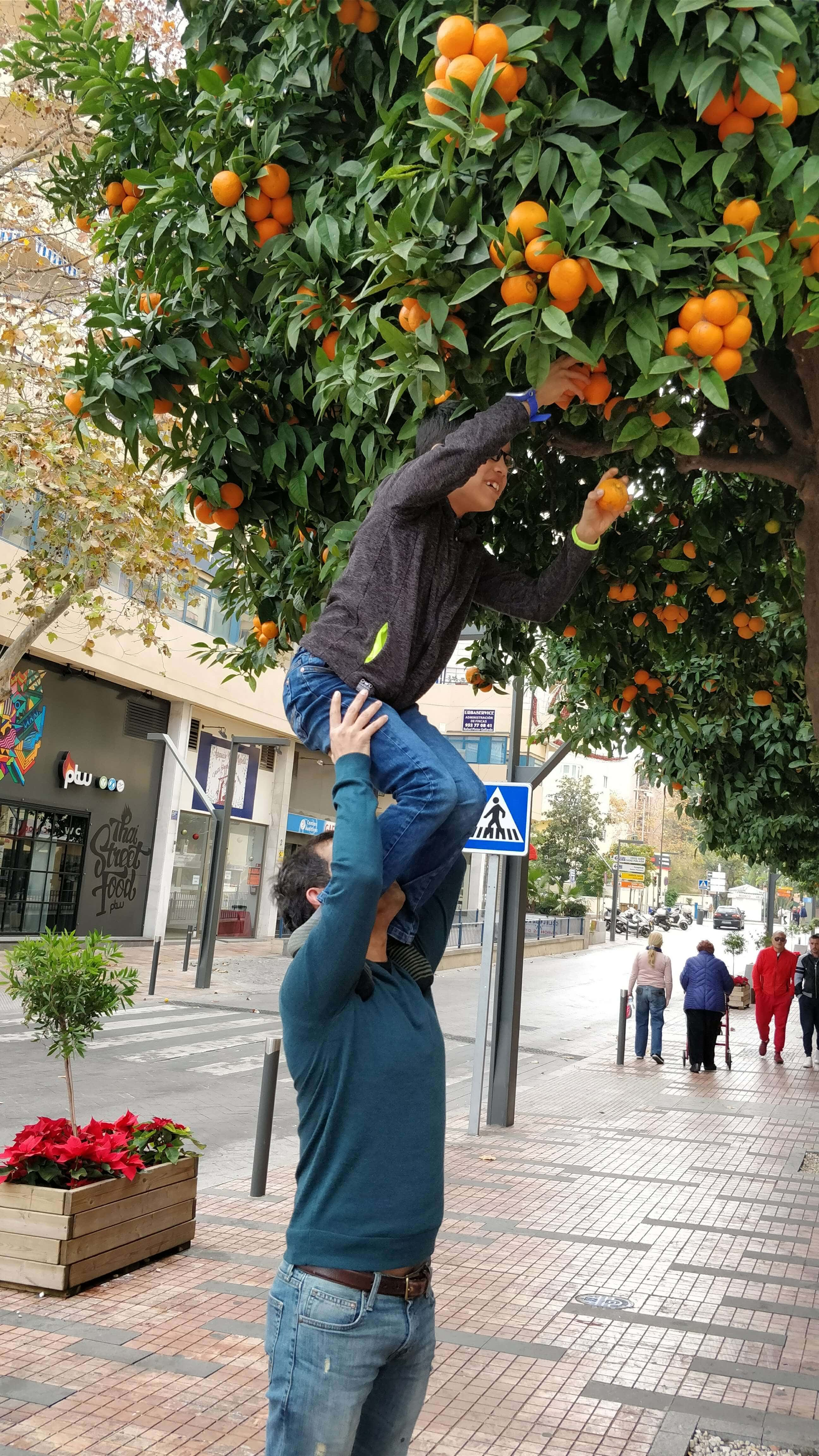
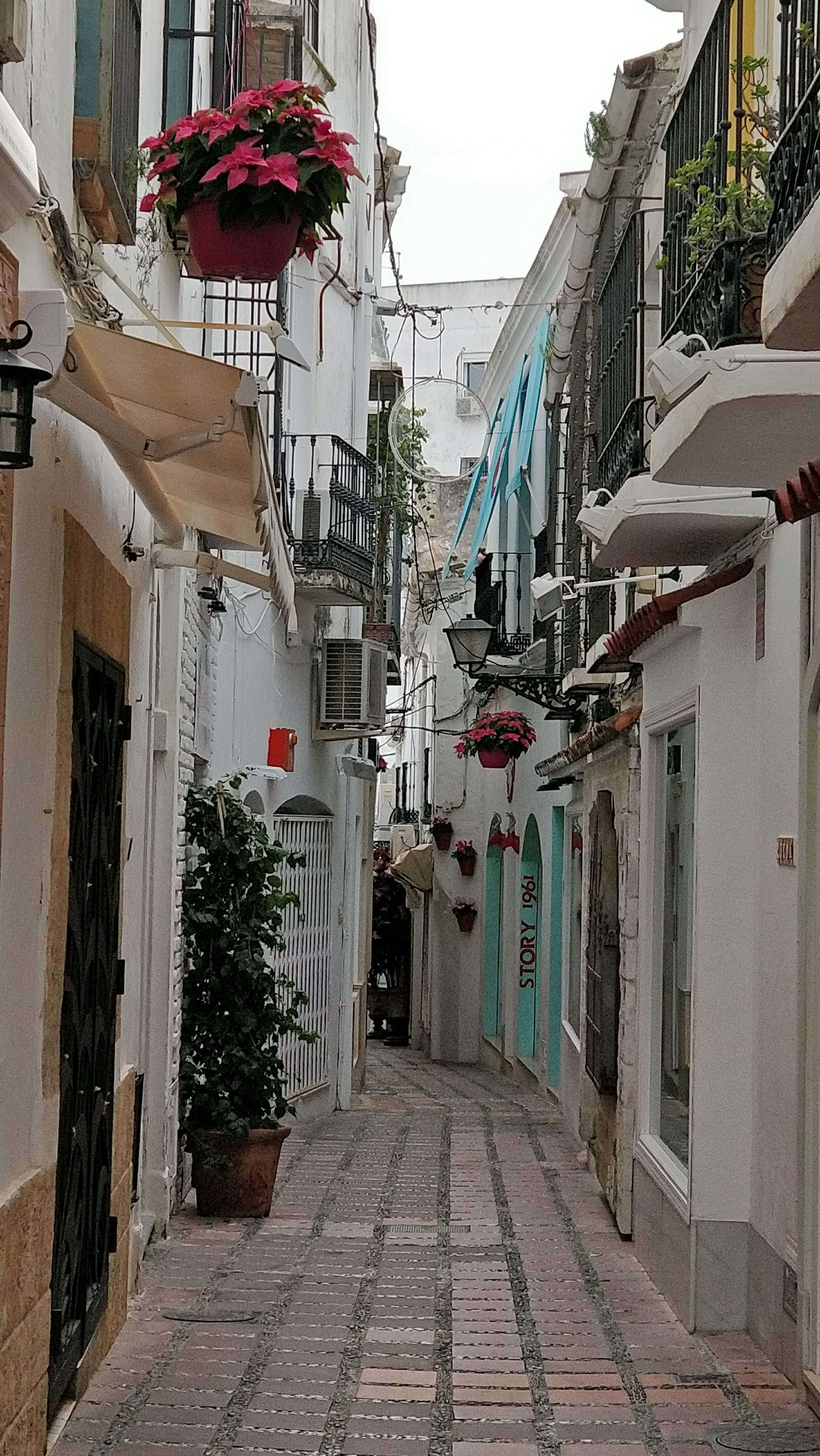
Four weeks later, as our plane approached the modern Málaga – Costa del Sol airport, we were still undecided between the eclectic offerings of Andalucía; enchanting music and dance, challenging treks, comprehensive history, distinctive culture, colourful festivals, ceremonial processions, antique museums, recreational golf, flowing poetry, well-preserved monuments, magnificent horses, long drives, national parks, solitary farm houses, exquisite architecture and traditional handicrafts.
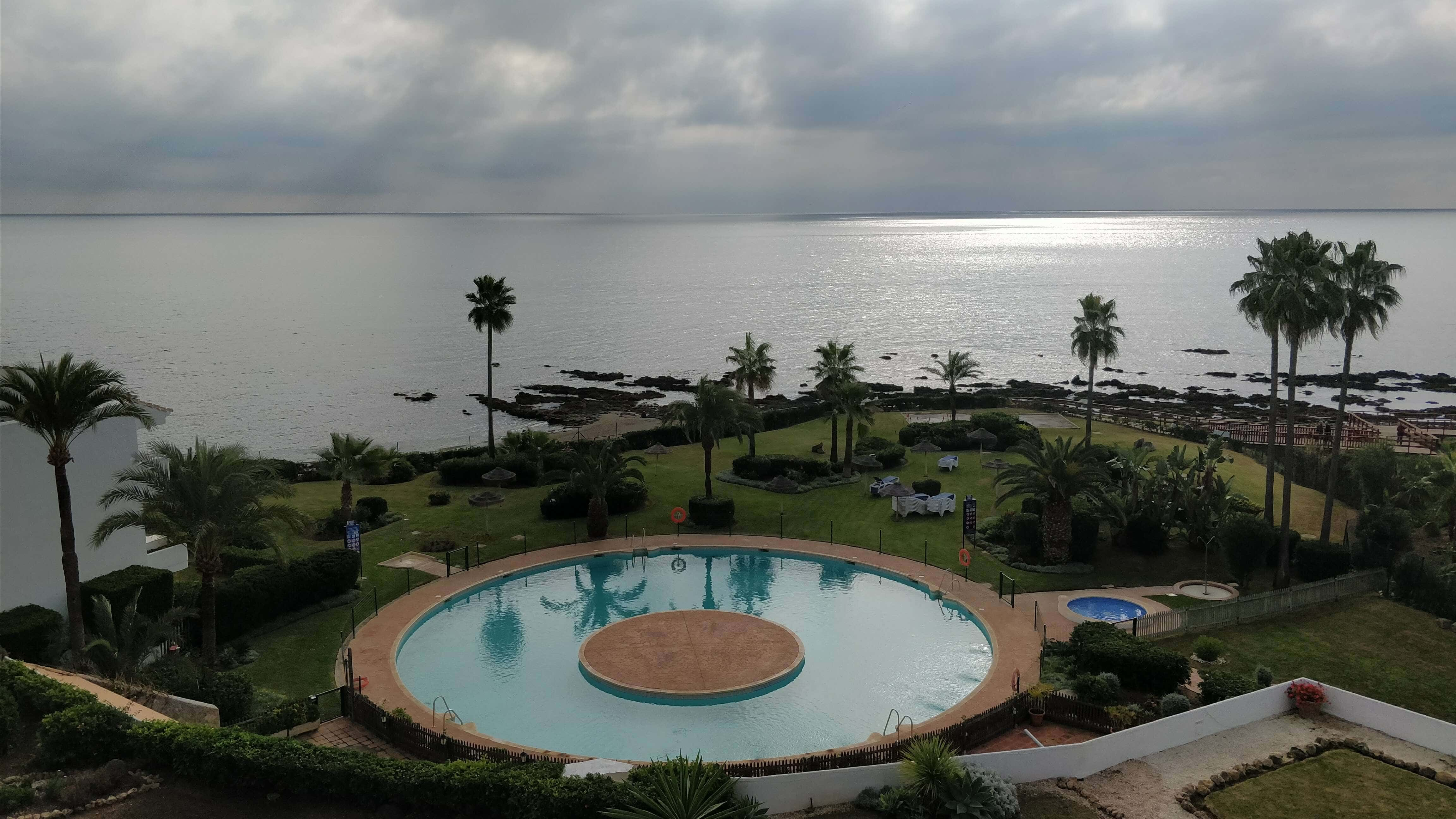
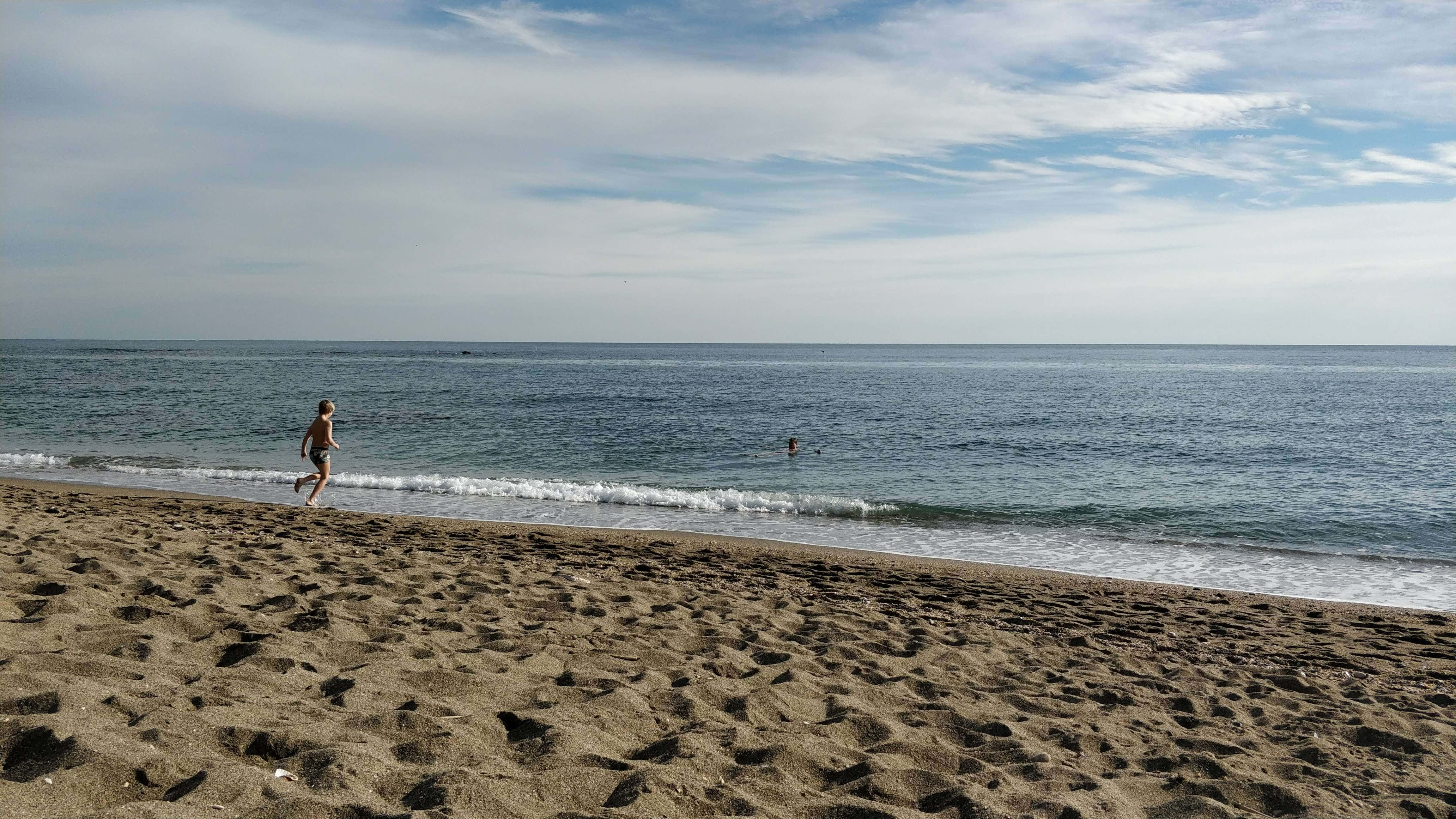
When we had planned and researched for our trip, we realised that there is no best or most popular time to visit Andalucía. Depending on preferences, any time during the year is a fit. If you want to drive between cities, see the architecture, play a round of golf or go hiking, spring is the perfect, mild season, but the sea is still quite cold. If you want to enjoy the sea-side, summer is your calling, but it can get rather hot during the day and siestas are a must. In autumn, you can enjoy both, mild temperatures for city trips and warm afternoons to laze at the beach. While winter attracts fewer tourists, so you can move around without being blockaded by crowds. And if you are feeling adventurous and plucky, you can ski in the morning snow in the Sierra Nevada mountains and within an hour and a half, descend to the beach for a refreshing dip in the Mediterranean Sea.
During our passage through the Andalucían provinces, we saw stunning scenery, experienced adventitious sounds, tried sumptuous food, felt the warmth of Christmas and touched the revelry of the imminent new year; the transient snippets converging to ever-lasting memories at a dizzying pace — too many to describe and at times, the emotions and feelings too overwhelming to share. Some experiences and cities left instant imprints in our memory.
During our passage through the Andalucían provinces, we saw stunning scenery, experienced adventitious sounds, tried sumptuous food, felt the warmth of Christmas and touched the revelry of the imminent new year; the transient snippets converging to ever-lasting memories at a dizzying pace — too many to describe and at times, the emotions and feelings too overwhelming to share. Some experiences and cities left instant imprints in our memory.
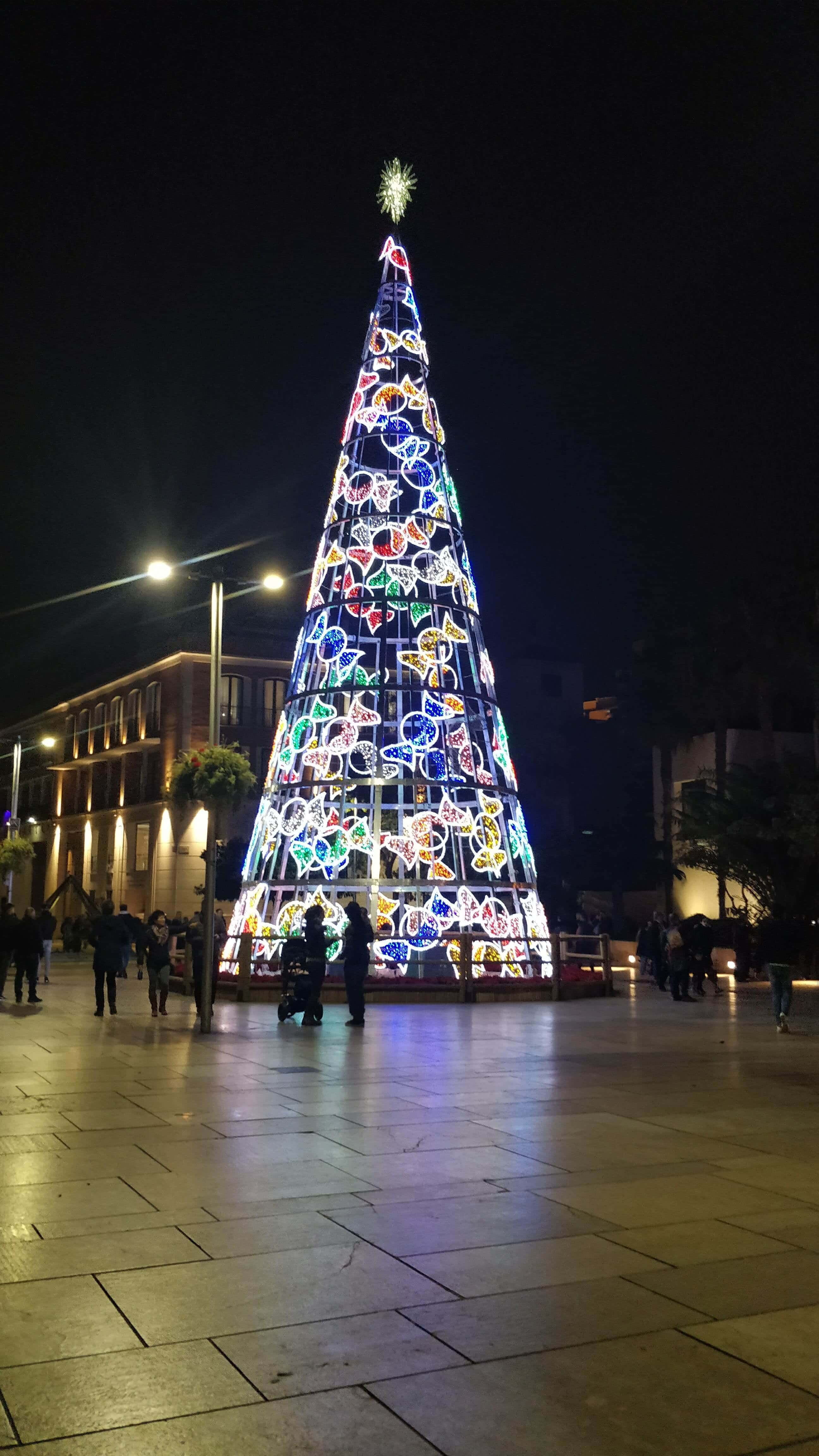
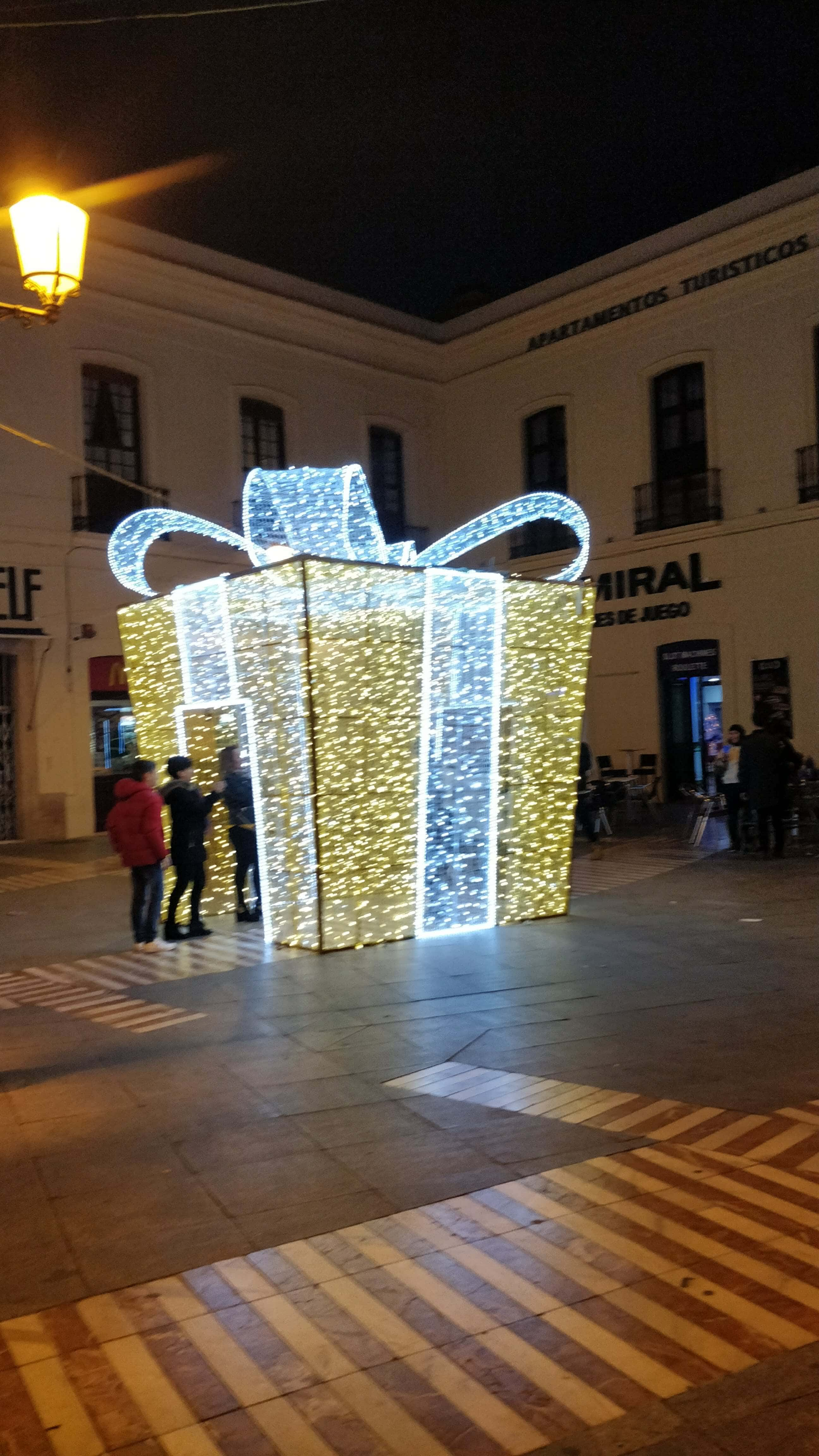
Ronda and Medina Sidonia: two different ‛pueblos blancos’ (white towns, named for the uniform colour of the houses) with Moorish architecture, whitewashed houses, red-tiled roofs, iron banisters and narrow, winding alleys and labyrinthine streets. There’s something exceptional about Ronda — it’s location. Set up in the mountains, on the edge of a 400-foot cliff, with stunning views of the valley below and bridges, mind-boggling feats of engineering, spanning the canyon. The whole town was decorated in the best spirits of Feliz Navidad. As the evening set in, walking together under the brightly decorated Christmas lights, in narrow and winding lanes paved with cobblestones and lined with enticing shops, time simply stopped.
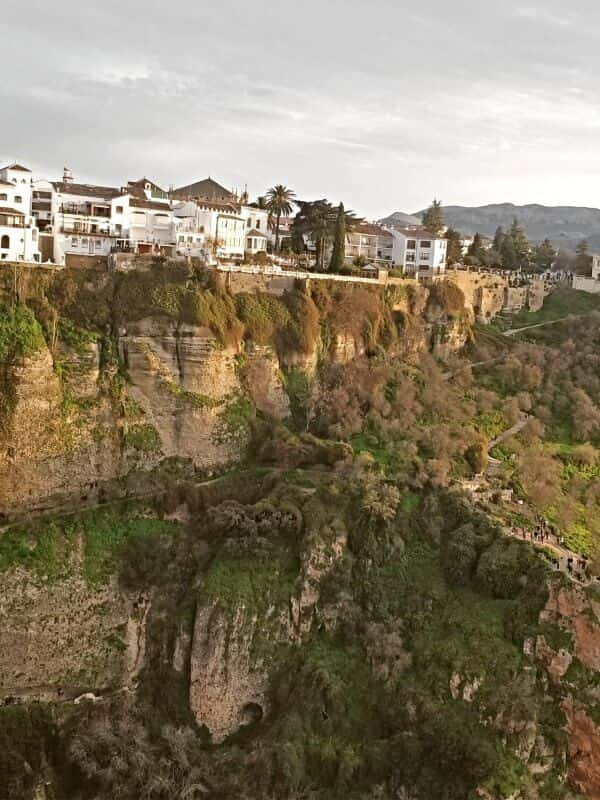
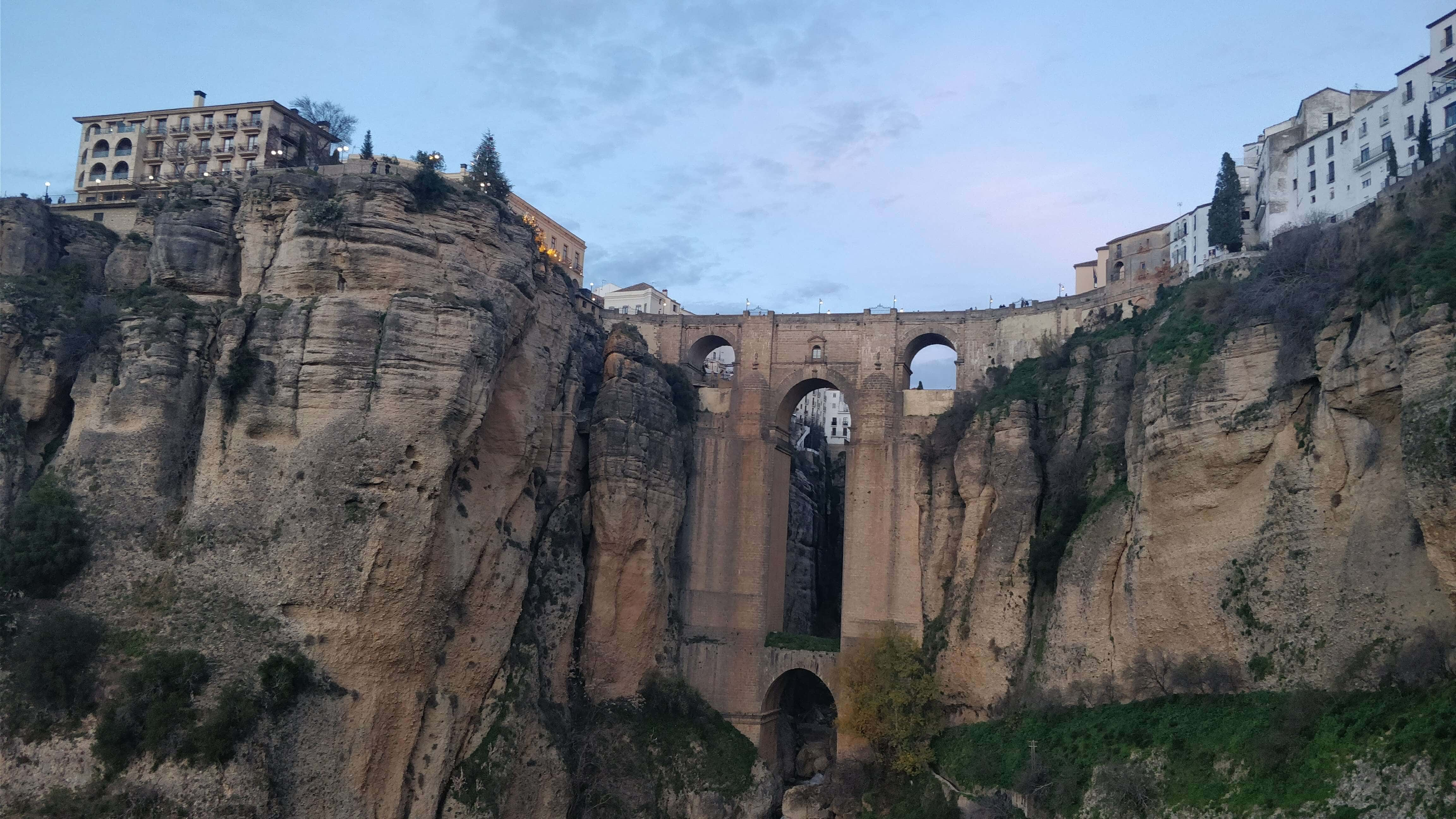
And Medina-Sidonia, not far from Cádiz, seems to be a melting pot of different civilisations. Even to our untrained eye, we could make out Roman, Islamic and other cultures influencing the town’s history and architecture. Roman artefacts, the Puerta del Sol, the ruins of the Arab castle of Torrestrella on the top of a hill, overlooking the town and rugged hills dotted with white windmills as far as the eye can see.
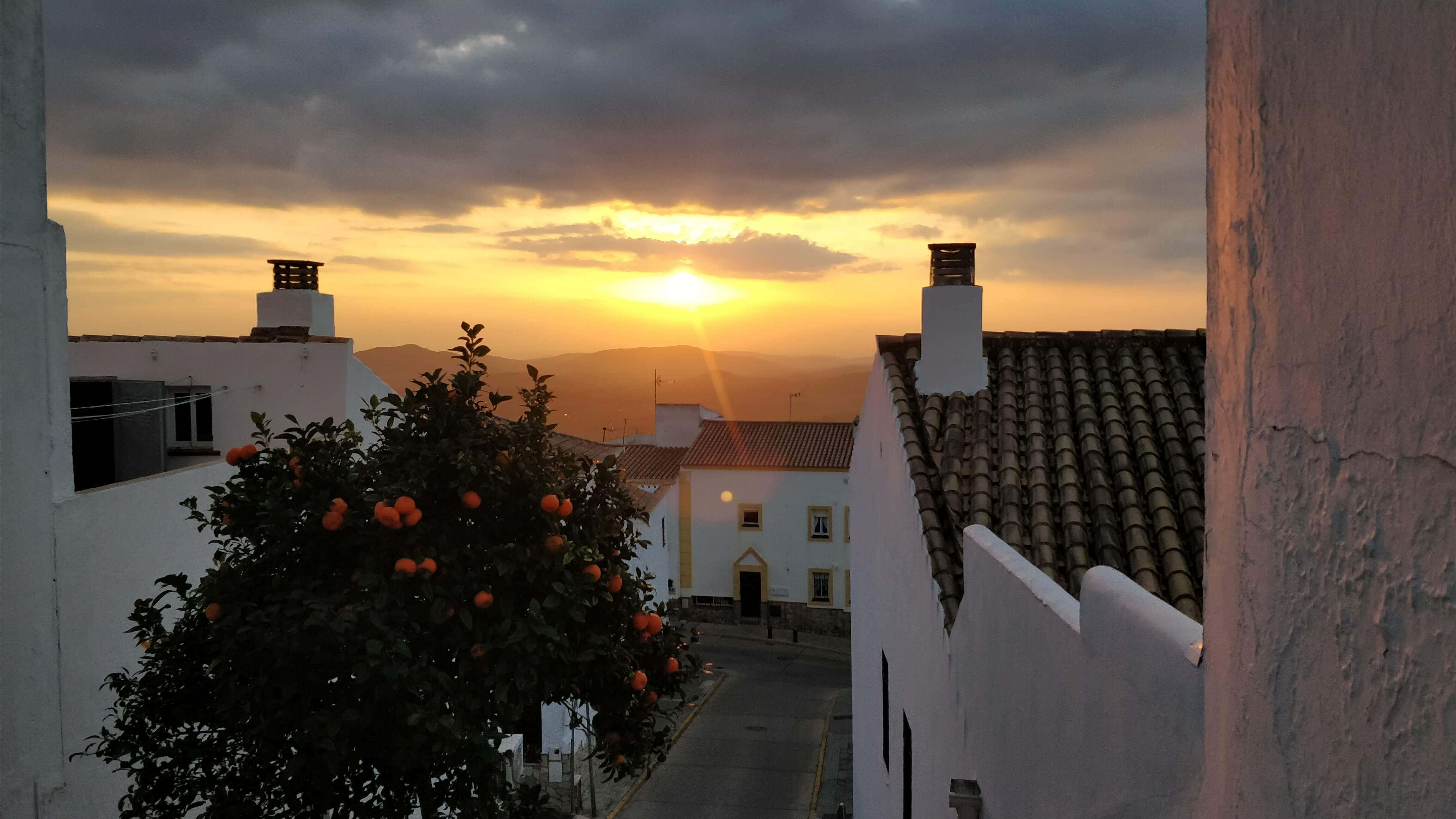
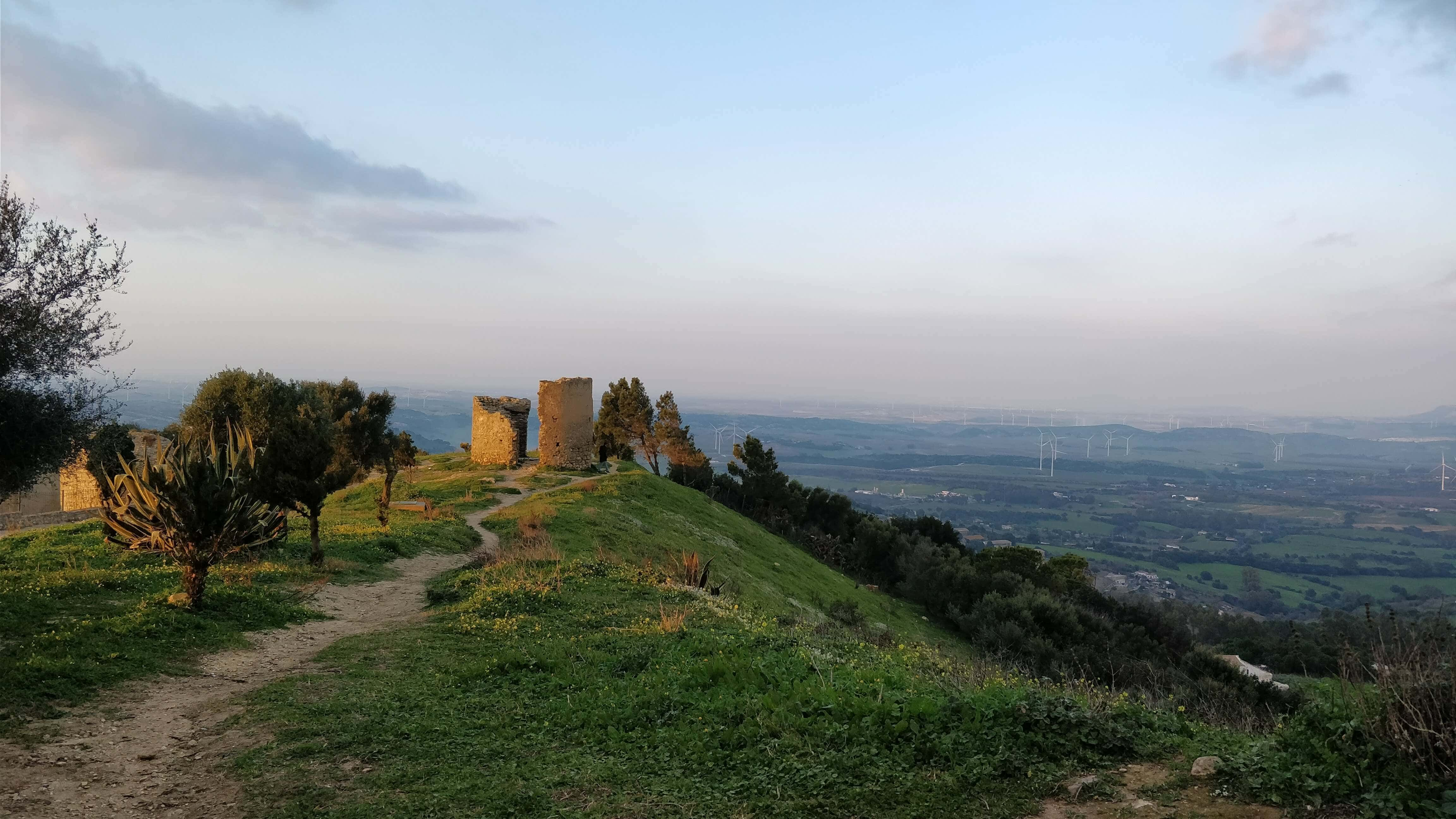
Ankit








